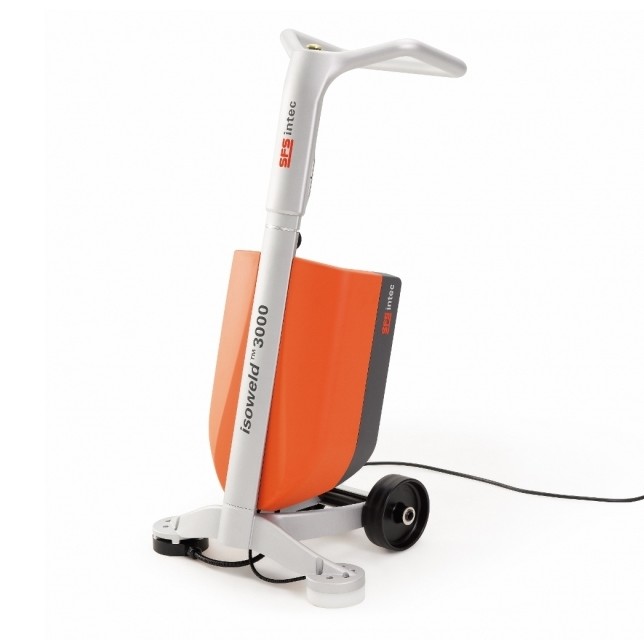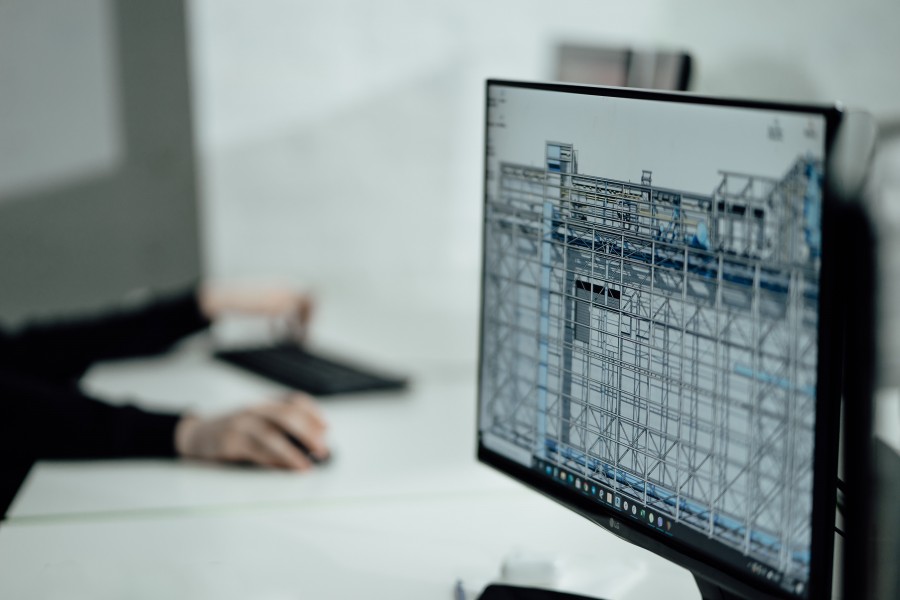
The construction industry has traditionally planned for the ‘50 year storm’ using historical weather data, in order to calculate structural loading on a building.
However, with conditions proving increasingly unpredictable, will the data really ensure a sustainable build for the future?
Colin Yeates, Sales and Marketing Director at SFS intec asks the industry to take this into consideration, complete the correct onsite tests and improve specifications and maximise the lifespan of the build is the absolute maximum.
"A significant number of projects still go ahead without the provision of wind load calculations nor site pullout testing being undertaken on the substrate. Undertaking wind load calculations to determine the extent of a roofs exposure is good practice and should be mandatory for all projects, especially when data sources such as weather reports become less reliable. Ignoring site testing and wind load calculations will always carry a risk of roof failure and potentially, significant business liability to the installer.
"So as weather continues to worsen, wind loads become greater and more frequent, which in turn questions the ability of the building to resist high repeated loading. And unless the building has been designed to handle the extra strain, the risk of building failure is very real. The roof – and let's examine flat roofs – can often be the most vulnerable part of a building and therefore mustn’t fall victim to a substandard specification. There are numerous ways to install a flat roof, many offering the full level of safety and security needed.
"Traditionally, a majority of refurbished roofs are fixed using adhesive, whereas new builds are typically mechanically fixed. However, we are seeing a shift in trend as more refurbished buildings are also being secured with additional fasteners as they provide a more secure and cost effective installation. In single ply and liquid applied applications, insulation boards are increasingly being mechanically fixed particularly at the perimeters of the roof; adhesives alone are often not enough for this task.
"Adhesive applications rely heavily on the skill of the installer to apply the correct weight of bonding agent per square metre, to withstand wind loading. Unlike mechanical fastening, there generally isn’t an effective site test available to measure the strength of the bond, meaning that such systems can come unstuck, literally, if faced with increasingly strong winds. If this occurs, the financial implications could be colossal.
"Similarly, installation is not always possible should temperatures fall below 5°C or when surfaces are affected by dust or moisture. This is not the case when mechanically fixing, which offers predictable, cost effective and reliable high performance solutions, in comparison with alternate adhesive options."
It is important that thermally broken fasteners are used to protect the energy efficiency of the overall build and comply with the required thermal calculations. An adjustable, plastic tube fastener will negate a thermal bridge from occurring, unlike an all-metal fastener. If a metal fastener is used then the lack of thermal efficiency would have to be offset by increasing the insulation on the roof to get the same thermal value. Naturally this is not a very cost effective approach.
Aside from the adhered and mechanically fixed applications, another solution which allows for even higher wind loads, while taking out costs, is heat induction welding coupled with a mechanical fix.
Suitable for both PVC and TPO membranes, there is now a new field fastening system on the market which is set to revolutionise the industry. The new generation heat induction application will enable a new approach to flat roof installation and is expected to provide significant savings in single ply membrane installation.
A specialist tool bonds the membrane through heat to a specially coated metal stress plate located underneath the membrane, which is mechanically fastened to the substrate. The heat induction welding method provides an extremely secure fix, without penetrating the waterproof membrane. Coated stress plates should be installed with thermally broken sleeves which ensure that the heat loss through the fastener is negated and thereby a correction factor is unnecessary.
The polyethylene Vapour Control Layer and insulation boards are loose laid onto the deck following manufacturer's instructions, before the specially coated stress plates (and sleeves) are then fastened through the insulation layer, in a pattern required in accordance with the wind load calculations. The single ply waterproofing is then rolled out and the heat induction tool is used to weld the membrane to each stress plate through the method of heat induction.
Each weld takes less than 3 seconds and following this a magnet is applied to the surface of the membrane to secure the weld and assist the cooling process. The membrane seams are subsequently welded as the job progresses in the usual manner.
SFS intec’s isoweld 3000 machine, which can be used on all types of insulation including hard and soft insulation, alu-foil faced insulation and EPS, has been extensively tested and the system has gained Factory Mutual Insurance Company (FM) Approval and European Technical Approval (ETA).
Specifying higher performance fixing solutions will not only guarantee performance of a building’s exterior for decades, but will also future proof it against harsher environments and stricter regulations. Similarly, these solutions take out cost and are much quicker to install than current adhesive solutions.










